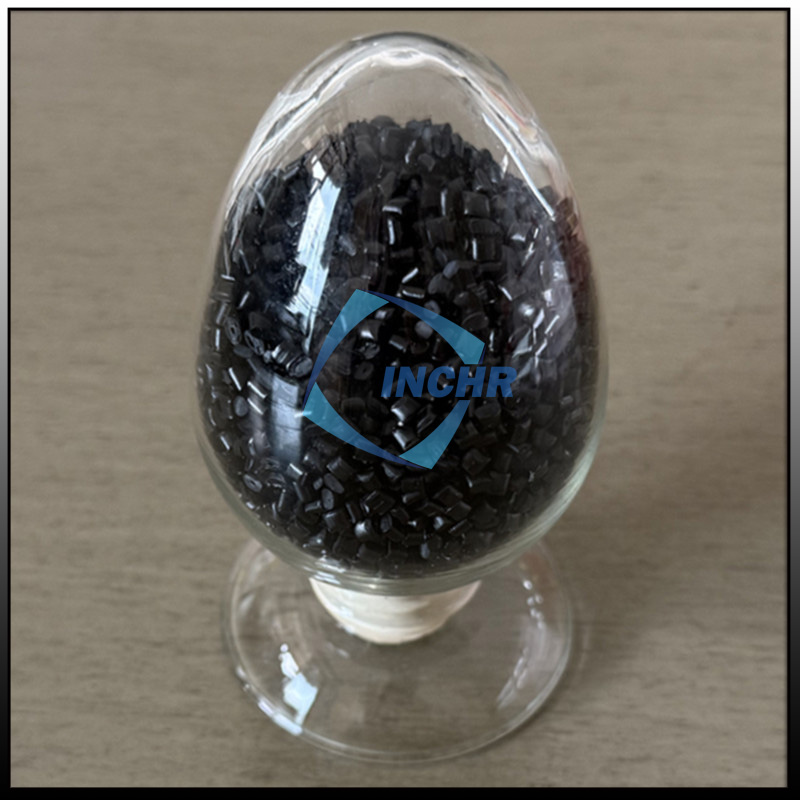Carbon Fiber Reinforced Nylon: The Smart Material Powering Tomorrow’s Innovations
As industries demand smarter, lighter, and more sustainable materials, carbon fiber reinforced nylon (CFRN) is stepping into the spotlight. This high-performance thermoplastic composite merges nylon’s adaptability with carbon fiber’s robustness, unlocking unprecedented possibilities in engineering and design. From self-heating drones to recyclable automotive parts, CFRN is not just a material—it’s a solution. Here’s how it’s transforming modern manufacturing.

The Science Behind Carbon Fiber Reinforced Nylon
: Why It’s a Game-Changer
CFRN combines nylon polymers (like PA6 or PA12) with carbon fibers, creating a composite that outperforms traditional materials. Key advancements include:
Hybrid Fiber Architectures: Combining chopped and continuous carbon fibers enhances impact resistance while maintaining flexibility.
Nano-Engineered Interfaces: Graphene-coated fibers improve bonding with the nylon matrix, boosting tensile strength by 12–18%.
Temperature-Responsive Design: CFRN grades with phase-change additives adapt to thermal fluctuations, ideal for EV battery systems.
Recent studies reveal that CFRN composites with 30% fiber content achieve 120 MPa tensile strength at just 1.2 g/cm³ density—surpassing aluminum alloys in specific strength.
Industry-Defining Applications of Carbon Fiber Reinforced Nylon
1. Robotics: Precision and Agility
Modern collaborative robots (cobots) rely on CFRN for:
Lightweight Armatures: Reducing energy consumption by 25% during repetitive tasks.
Grippers with Embedded Sensors: Carbon fibers enable conductive pathways for real-time pressure feedback.
Exoskeletons: Medical and industrial exosuits use CFRN to balance strength and comfort.
Example: Boston Dynamics’ latest robotic arm integrates CFRN joints, cutting operational inertia by 40%.
2. Renewable Energy: Durability in Extreme Conditions
CFRN supports green energy infrastructure through:
Wind Turbine Blade Components: Fatigue-resistant brackets that withstand 20+ years of cyclic loading.
Solar Panel Mounts: UV-stabilized CFRN frames resistant to desert heat and coastal corrosion.
Hydrogen Storage Tanks: Lightweight liners for Type IV pressure vessels, enabling safer H₂ transport.
3. Smart Consumer Goods: Beyond Aesthetics
From wearables to home tech, CFRN delivers:
Self-Heating Sportswear: Conductive CFRN threads embedded in heated jackets for Arctic athletes.
Modular Smartphone Casings: Impact-resistant designs with wireless charging compatibility.
IoT Sensor Housings: EMI-shielded enclosures for industrial IoT networks.
Cutting-Edge Manufacturing Techniques
1. AI-Driven Fiber Alignment
Generative algorithms optimize carbon fiber orientation during 3D printing or injection molding, reducing material waste by 30% while maximizing load-bearing capacity.
2. Closed-Loop Recycling Systems
Pioneered by companies like Evonik, solvent-based processes dissolve nylon matrices to reclaim carbon fibers, achieving 95% fiber reuse in next-gen composites.
3. 4D Printing with CFRN
Stimuli-responsive CFRN filaments “morph” post-printing. For instance, humidity-activated CFRN valves in HVAC systems self-adjust airflow based on moisture levels.
Sustainability:Carbon Fiber Reinforced Nylon’s
Role in a Circular Economy
While traditional composites often end in landfills, CFRN offers eco-friendly advantages:
Bio-Sourced Nylons: BASF’s Ultramid® CFRN uses castor oil-based PA610, reducing fossil fuel dependence.
Low-Temperature Processing: New catalysts allow nylon polymerization at 150°C (vs. 250°C), slashing energy use by 35%.
Carbon Capture Fibers: Startups like Carbon Clean produce recycled carbon fibers from industrial CO₂ emissions.
Challenges and Breakthrough Solutions
| Challenge | Innovative Fix |
|---|---|
| High Material Costs | Agro-waste carbon fibers (e.g., bamboo-derived) cut costs by 20%. |
| Anisotropic Behavior | 3D-printed isotropic CFRN via multi-nozzle deposition. |
| Surface Roughness | Laser polishing creates mirror finishes without compromising strength. |
The Future: 3 Bold Predictions for Carbon Fiber Reinforced Nylon
Autonomous Repair: Microvascular networks in CFRN release healing agents when cracks form, inspired by human blood clotting.
Energy Harvesting: Piezoelectric CFRN composites generate power from mechanical stress in rotating machinery.
Space-Grade CFRN: NASA’s Artemis program tests CFRN for lunar habitat modules, leveraging its radiation shielding and thermal stability.
How to Integrate Carbon Fiber Reinforced Nylon into Your Projects
Partner with Specialists: Work with suppliers like Victrex or Toray for custom CFRN formulations.
Simulate First: Use ANSYS or Altair to model fiber alignment and stress distribution.
Prioritize Recycling: Design parts for disassembly to reclaim fibers at end-of-life.
Conclusion
Carbon fiber reinforced nylon is rewriting the rules of material science. By blending lightweight performance with smart functionality, it addresses today’s engineering challenges while paving the way for sustainable innovation. As AI, recycling tech, and nano-engineering evolve, CFRN will undoubtedly remain at the forefront of the materials revolution.




